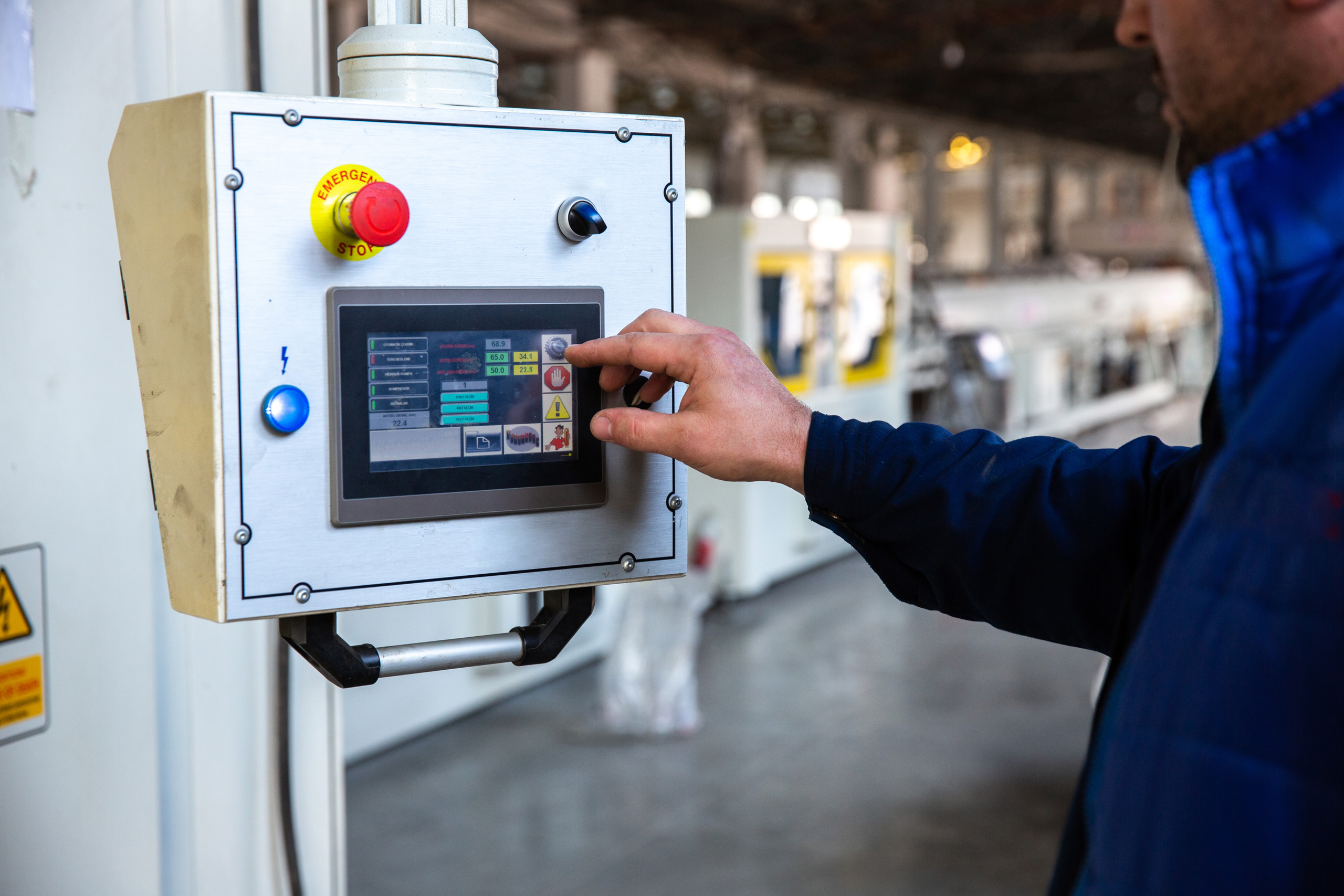Menu

Duration: 2.00 Hrs
Course Level: Intermediate
Languages: English
Capability: Audio, Video, MobileReady
This course is designed to familiarize participants with the basic operating principles of fiber optic systems and some of the basic installation and testing methods. After completing this course, participants should be able to describe characteristics of glass fibers and describe the function and types of fiber optic connectors. They should also be able to describe basic procedures for installing and testing fiber optics.
By the end of this course, you will be able to:
Duration: 2.00 Hrs
Course Level: Intermediate
Languages: English
Capability: Audio, Video, MobileReady
This course is designed to familiarize participants with basic concepts that apply to setting up and troubleshooting control networks. After completing this course, participants should be able to describe different types of cables and connectors that are used to link together devices in control networks. They should also be able to describe basic procedures for installing, testing, and troubleshooting control networks.
By the end of this course, you will be able to:
Duration: 1.00 Hrs
Course Level: Intermediate
Languages: English
Capability: Audio, Video, MobileReady
In all control systems, inputs pass information to the decision-making controller, which then passes information to output devices. The manner in which this “information-passing” process works varies with the type and complexity of the control system. This course will provide an overview of some different types of control systems, as well as some basic concepts that apply to control system networks.
By the end of this course, you will be able to: